Petzl ASAP User manual
Other Petzl Safety Equipment manuals

Petzl
Petzl 8003 User manual
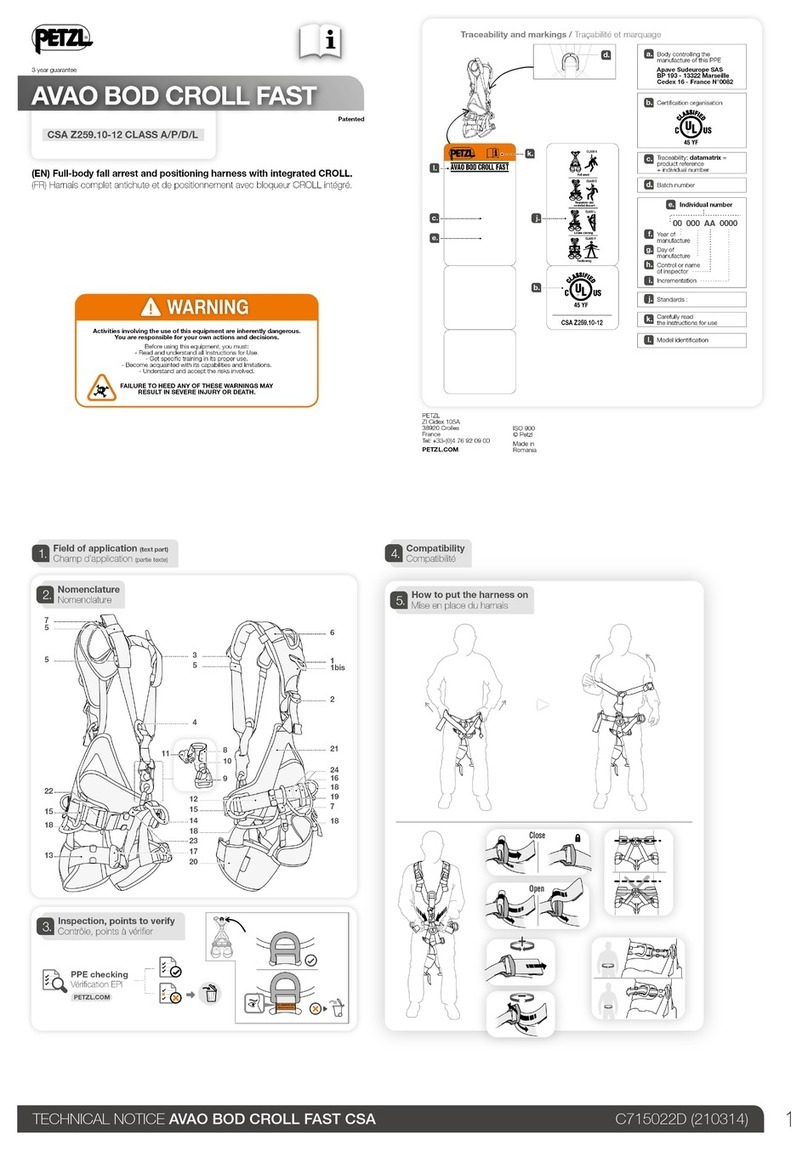
Petzl
Petzl AVAO BOD CROLL FAST CSA Z259.10-12 User manual

Petzl
Petzl REVERSINO D16 User manual

Petzl
Petzl CALIDRIS User manual

Petzl
Petzl PUR'ANNEAU User manual

Petzl
Petzl C10AO S User manual

Petzl
Petzl LYNX T24A LLU Installation instructions
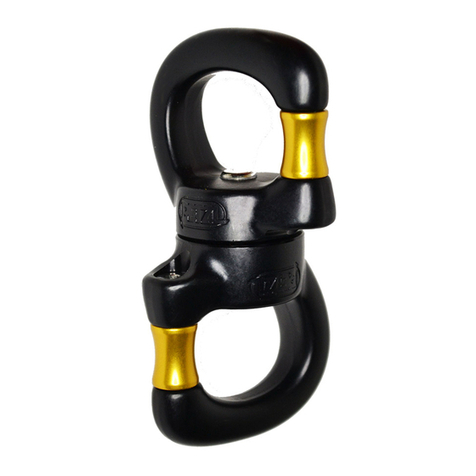
Petzl
Petzl SWIVEL OPEN User manual

Petzl
Petzl RESCUE User manual

Petzl
Petzl BASIC User manual
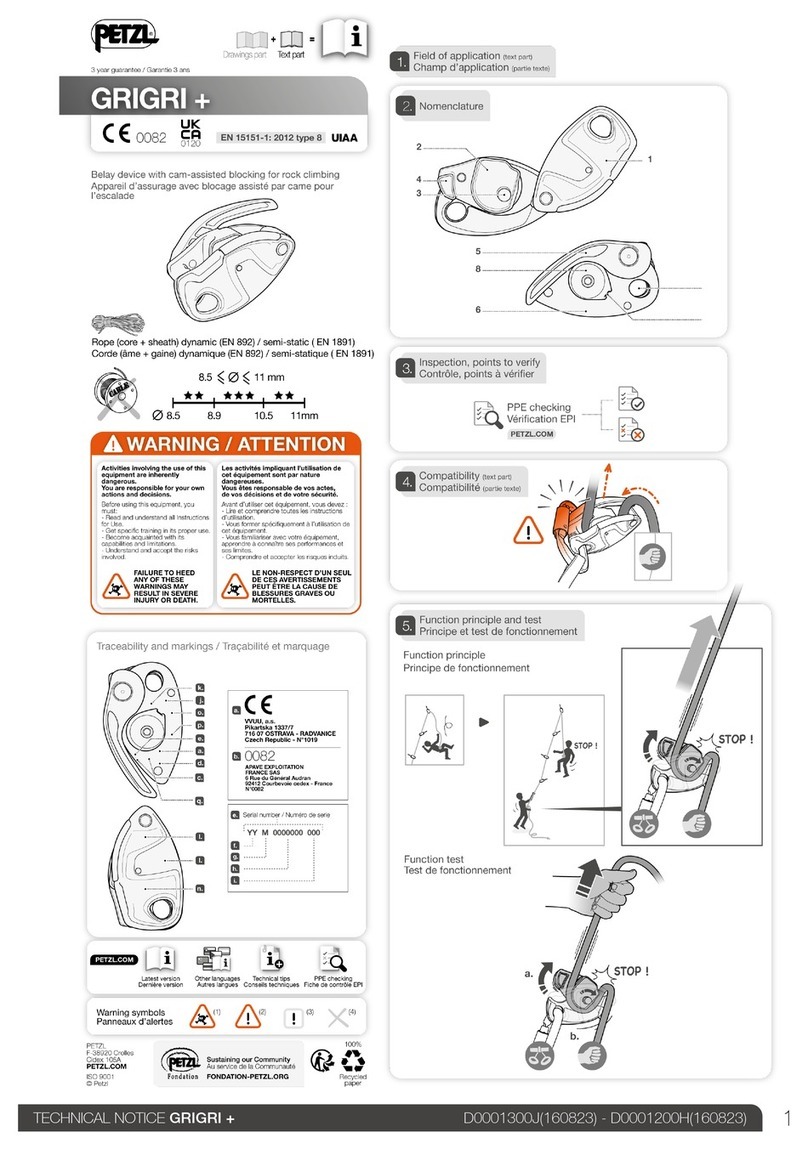
Petzl
Petzl GRIGRI+ User manual
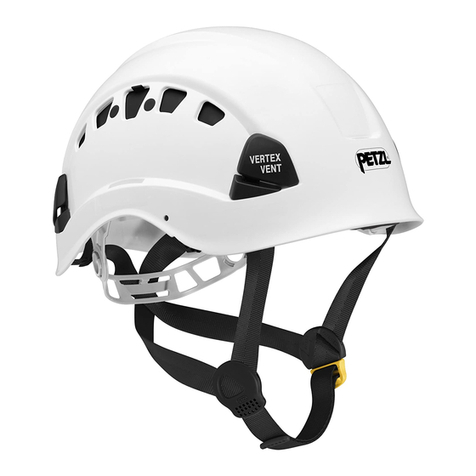
Petzl
Petzl VERTEX VENT A11 User manual

Petzl
Petzl OUISTITI User manual
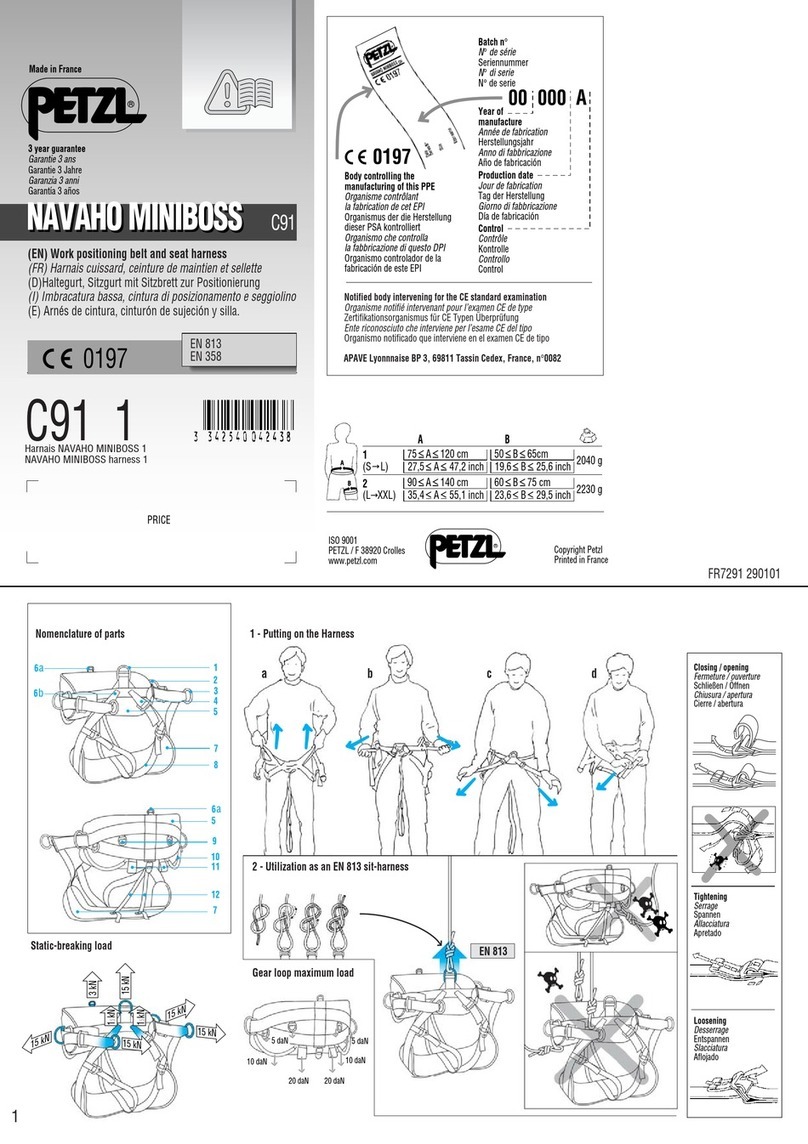
Petzl
Petzl NAVAHO MINIBOSS C91 User manual
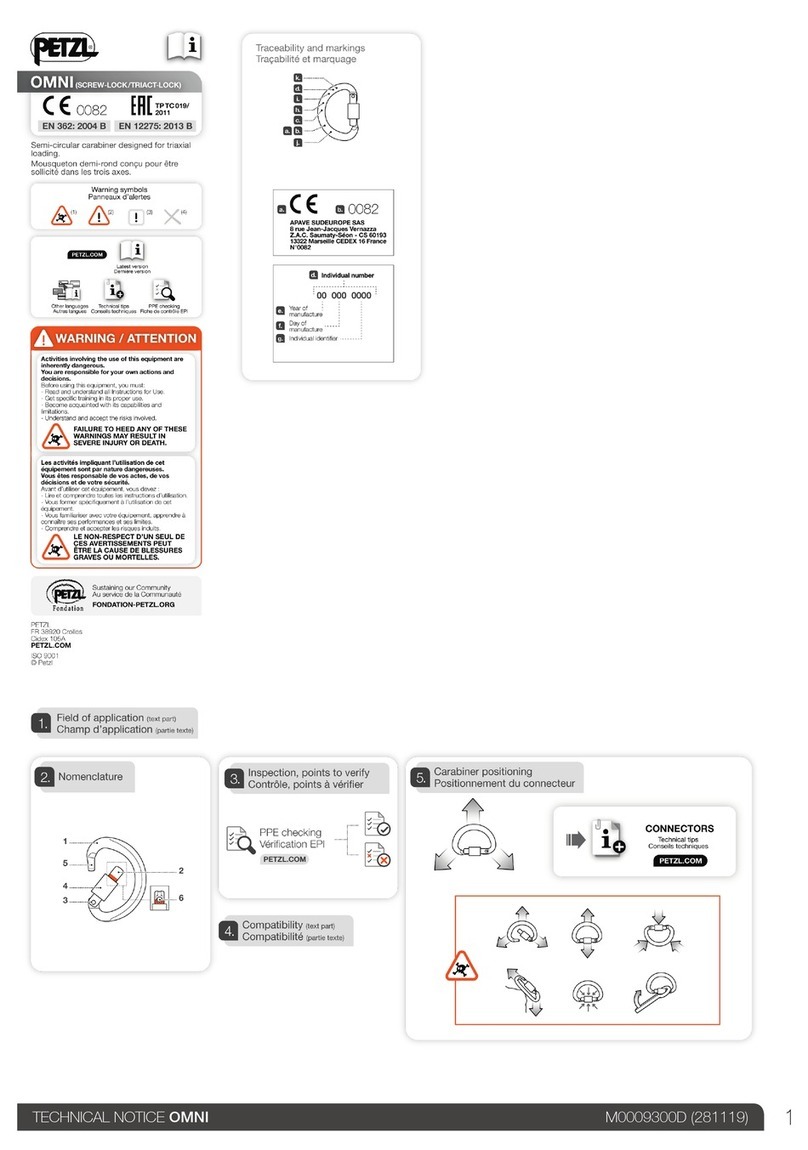
Petzl
Petzl OMNI User manual

Petzl
Petzl Laser User manual

Petzl
Petzl FLY User manual

Petzl
Petzl PRO TRAXION User manual

Petzl
Petzl Verso User manual
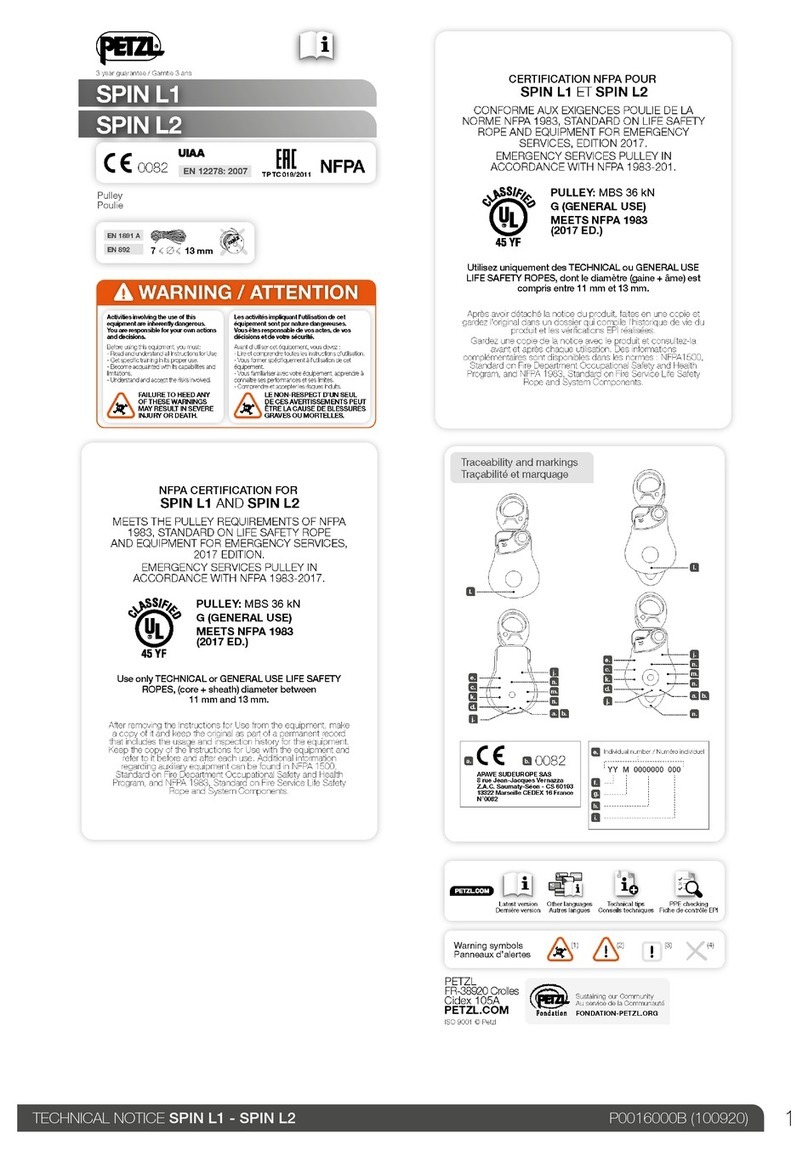
Petzl
Petzl SPIN L1 User manual
Popular Safety Equipment manuals by other brands

Lanex
Lanex PB-20 instruction manual

SKYLOTEC
SKYLOTEC ANCHOR ROPES Instructions for use

Besto
Besto Buoyancy Aid 50N Instructions for use

TEUFELBERGER
TEUFELBERGER NODUS Manufacturer's information and instructions for use

Troy Lee Designs
Troy Lee Designs Tbone Product owners manual

Innova
Innova Xtirpa Instruction and safety manual

bolle SAFETY
bolle SAFETY B810 quick start guide

SHENZHEN FANHAI SANJIANG ELECTRONICS
SHENZHEN FANHAI SANJIANG ELECTRONICS A9060T instruction manual

Hiltron security
Hiltron security POWER8E Installation and use manual

Salewa
Salewa MTN SPIKE user manual

Hatco
Hatco B-950P installation guide

Sitec
Sitec TX MATIC operating manual



















